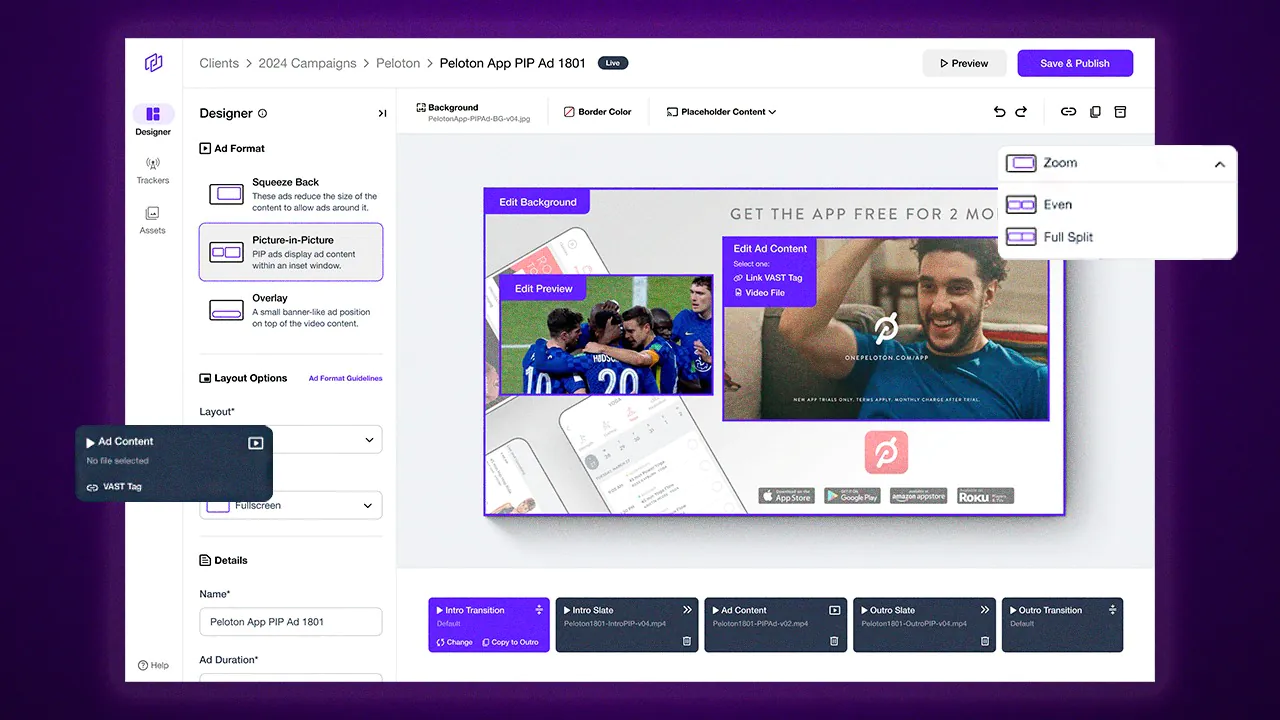Live sport are no longer the guaranteed revenue generator it once was, and that’s impacting advertisers. The traditional monetization pillars—affiliate deals, cable rights, and subscriptions—are collapsing under pressure, leading to an industry shake-up.
We spoke to Scott Young, Co-Founder and Chief Product Officer of Transmit. The streaming video monetization company partners with rights holders and platforms to keep sports content profitable—without sacrificing the viewer experience.
Where advertising fits: It’s not just that subscriptions aren’t growing fast enough. According to Young, the economics of sports rights themselves are becoming harder to justify. “It’s getting much more difficult to monetize sports rights and generate positive returns on the large deals that rights holders and streaming providers are making,” he says. “So the question becomes: what does the advertising experience look like? And can you supplement those models with ad-supported streaming?”
Building a seamless ad experience: That question is at the core of Transmit’s mission. “What we’ve built at Transmit is a streaming video monetization software,” Young says. “We work with rights holders and streaming operators to help them monetize better. That means creating new in-stream advertising opportunities that maximize both the viewer experience and the impact of ad products for advertisers.”
Transmit’s platform replaces traditional ad breaks with precision-targeted ads triggered by key moments in the game, creating seamless experiences that align with the pace and emotion of live events. The company’s breakthrough approach was recently recognized with a marquee win: being selected by FIFA to deliver enhanced video advertising across FIFA+ and FAST channels worldwide, a move that signals how top-tier rights holders are betting on new models to sustain digital growth.
An organic approach: Rather than relying on traditional commercial breaks, Transmit enables contextual, in-the-moment ads that feel more organic for the viewer and more valuable to the brand. “You can create customized, personalized ad experiences targeted to each individual viewer session—even if they’re watching concurrently,” Young explains. “If a home run or a goal is scored, that viewer can be shown an ad that’s personalized to them—based on what they like, what they’re likely to buy, and what’s happening in the moment they’re watching.”

